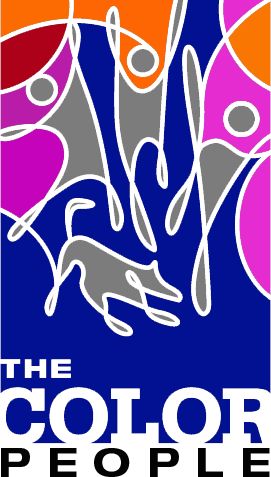Watching this row house project start up, we were more than worried that it was going to be one more stacking design of rectangular blocks, defined by dark brick and color-blocked with spare stucco patches of charcoal, white and red—with perhaps some stained wood or corrugated metal thrown in. Being a turn-of-the-century neighborhood, there was a great deal of angst on the part of the neighbors.
But all our fears were unfounded. This is a brilliant example of sensitive infill housing. It doesn’t mimic historic buildings but does make liberal use of period detailing. It is clearly a new building and the interior is as fresh and spacious as any ‘modern’ home. The colors are also well chosen. We especially like the way the entry doors express that these row houses are brand new.











